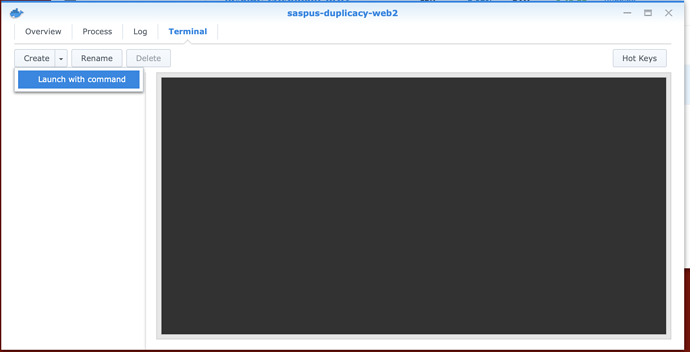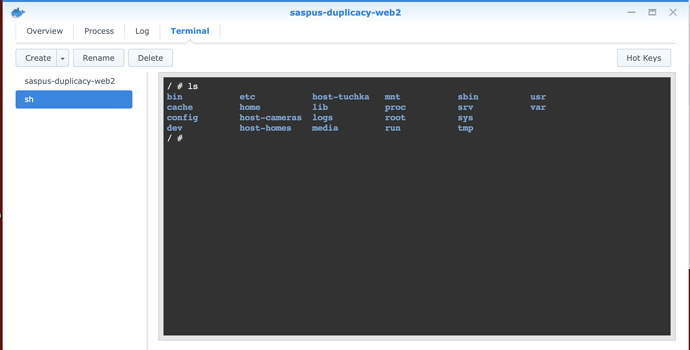I don’t need enterprise availability level, it’s home storage and backup, so it makes more sense to run everything I could on a single machine that run 24:7 and I choose a NAS because it’s quite economical regarding power consumption versus functionality.
Yes, I did not imply separate VM server – NAS provides sufficient performance for these types of tasks. Docker recommendation is not for high availability but simply to contain dependencies. Software is almost never built with synology toolchain and environment and synology’s linux version has severely stripped down user mode environment; docker on the other hand lets you run you software in the environment it was designed and built for which improves reliability and compatibility and isolation and as a result is much easier to install, configure and manage
I had mixed results with Docker on Synology so far
We can help you address those issues. I’m running duplicacy, Crashplan and a bunch of other tools in docker for a very long time now, also on synology units. Besides idiotic synology’s docker UI behavior that selects random local port by default – there were no issues of any kind.
Access to folders and port forwarding is never an issue – docker does not have any impact on folder permissions; Port mapping works fine but you can always run container in docker’s host network (for services that only broadcast in local subnet for example – your Home Assistant could be one of those, I haven’t used it so cannot comment)
Also Nextcloud was hard to setup in Docker while I had more luck by installing manually directly.
For most of these products there are ready-made containers, you don’t have to create you own. Also, I’d argue that these types of complex applications must be isolated – if they are compromised or just buggy – which is not “if” really due to their complexity – you want that to be preventing from impacting other Diskstation services.
Again, with Duplicacy and other golang projects either way is fine due to them being self-contained executables; but using ready-made docker image will simplify your life – all the scheduling and initialization is already done so all is left to be done is customize the config, and let it run.


